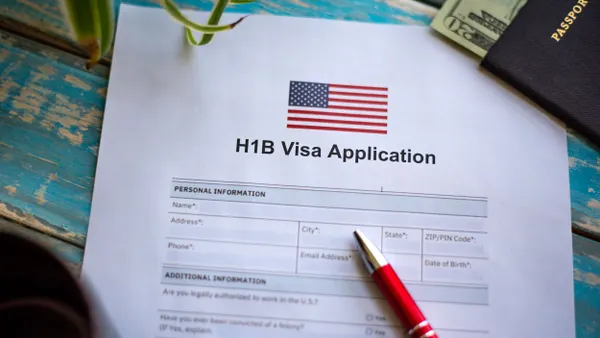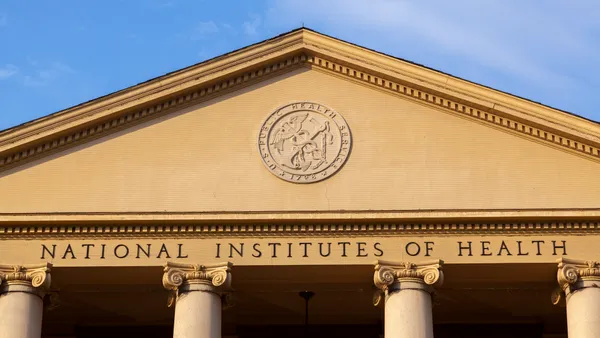Dive Brief
- In a climate swirling with debate about college admissions standards, a new study finds that basing the process entirely on test scores would fill the 200 most selective colleges with more white and advantaged students.
- Using data from students who graduated high school in 2013, researchers from Georgetown University's Center on Education and the Workforce (CEW) found a test-only admissions policy would raise those colleges' share of white students from 66% to 75%, while diminishing the share of black and Latino students from 19% to 11% and Asian students from 11% to 10%.
- More than half (53%) of the students attending such schools would be replaced if they switched to test-only admissions policies. Of that group, roughly half would come from families in the top income quartile.
Dive Insight:
The report's authors say their findings provide more evidence in favor of a holistic and transparent college admissions process.
"In the wake of the college admissions scandal, our thought experiment tested whether removing legacy and social capital from the admissions equation would have a more equitable outcome," said Anthony Carnevale, CEW's director and the report's lead author, said in a statement. "But a test-only admissions policy would only further privilege in the higher education system."
The report also found only 27% of lower-scoring students enrolled at selective universities were black or Latino, while 57% were white, suggesting that affirmative action may not be benefiting lower-income black and Latino students as much as "public discourse had led some to believe."
Additionally, the report found that "no single group was significantly dragging down the median SAT scores." White students had a median SAT score of 1140, Asian students had a median score of 1130, and black and Latino students had a median score of 1120.
The authors contend standardized tests have had too much weight in admissions and may not be the best predictor of an applicant's success in college. And even though more colleges are taking a more holistic approach to admissions that looks beyond GPA and test scores, they argue the process nonetheless should be tightened to promote upward mobility.
New efforts are underway to help colleges level the playing field. The College Board rolled out a metric last month that colleges can use gauge a student's socioeconomic status and relative privilege. The "adversity score" takes into account more than a dozen factors — including housing values in students' neighborhoods, their high schools' academic rigor and their family incomes — and will be widely available in fall of 2020.
Likewise, U.S. News & World Report's college ranking now takes into account social mobility indicators such as Pell Grant recipients' enrollment and graduation rates.








